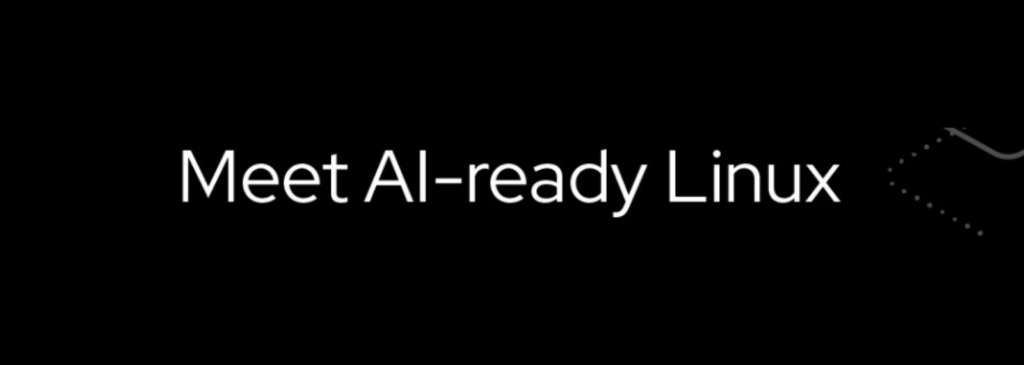Accelerating AI applications with OpenShift: from development to production at lightning speed
A good development environment is worth its weight in gold to every developer. This is no different when it comes to machine learning (ML) and artificial intelligence (AI). With its powerful and proven OpenShift AI platform, Red Hat provides that environment. The platform contains all the tools you need to build, deploy, and manage AI-enabled applications. And local Red Hat partner Piros has all the expertise you need to make sure you get the most out of it. Discover how we are accelerating AI applications with OpenShift!
AI developers and data scientists aren’t that different from other programmers. They also need a programming environment that is easy to set up and convenient to use. Offering them all the features their programming demands and the invaluable support of a vibrant developer community. Project Jupyter, which supports data science across no less than 40 programming languages, meets all those requirements. As does Microsoft’s Visual Studio (VS) Code editor.
Access to powerful hardware and scalable storage
A powerful programming environment alone isn’t enough, though. Programmers also need an overarching development environment. Which should give them access to equally powerful hardware resources, for instance. A great example are the graphics chips or GPUs essential to building and running AI models and other data-intensive applications or processing-intensive operations.
Red Hat’s OpenShift AI platform does a pretty good job of allowing programmers to access that extra-strong GPU power. Not only that. It also gives them the equally necessary access to so-called storage buckets of Red Hat’s implementation of the S3 Bucket storage protocol. Which offers scalable and secure object storage for AI training data sets, among a host of other use cases.
Training and testing on Kubernetes
All of this contributes to the suitability and success of Red Hat OpenShift AI as an environment that AI developers and data scientists can use to run their programming tools. But once an AI application or model has been properly built using these tools, such as Jupyter Notebook or VS Code, it can’t go straight into production. It must first be properly trained and tested.
That’s where the Kubeflow Pipelines (KFP) platform comes into play. Developers can use this integral component of the popular open-source Kubeflow project to build and then deploy machine learning workflows on Kubernetes. The Kubeflow project is dedicated to making that whole process simple, portable, and scalable. So that developers can also train with heavier workloads.
Running inference workloads
Once an AI model has been sufficiently trained, you can easily put it into production with OpenShift AI. This helps data scientists easily run live data points through the model to calculate an output. A process that is also called “inference.”
With inference, you are taking a trained model and deploying it in a production environment. Take, for example, an algorithm that can spot faces in photos. Once you have trained the algorithm sufficiently, you can put it into production. And scan one or more datasets of photos for the presence of faces via that algorithm. By extension, you can also compare different algorithms with each other to select the algorithm that works best or produces the best result.
Ultimately, then, OpenShift AI helps to streamline the process from development to production. As a certified Red Hat partner, we ensure that this critical development environment is not only always there for the AI developer or data scientist. We also guarantee that everything works optimally.
Would you like to get into detail on how accelerating AI applications with OpenShift? Contact us for a no-obligation appointment.
Are you eager to know more about our services? Discover them here.


